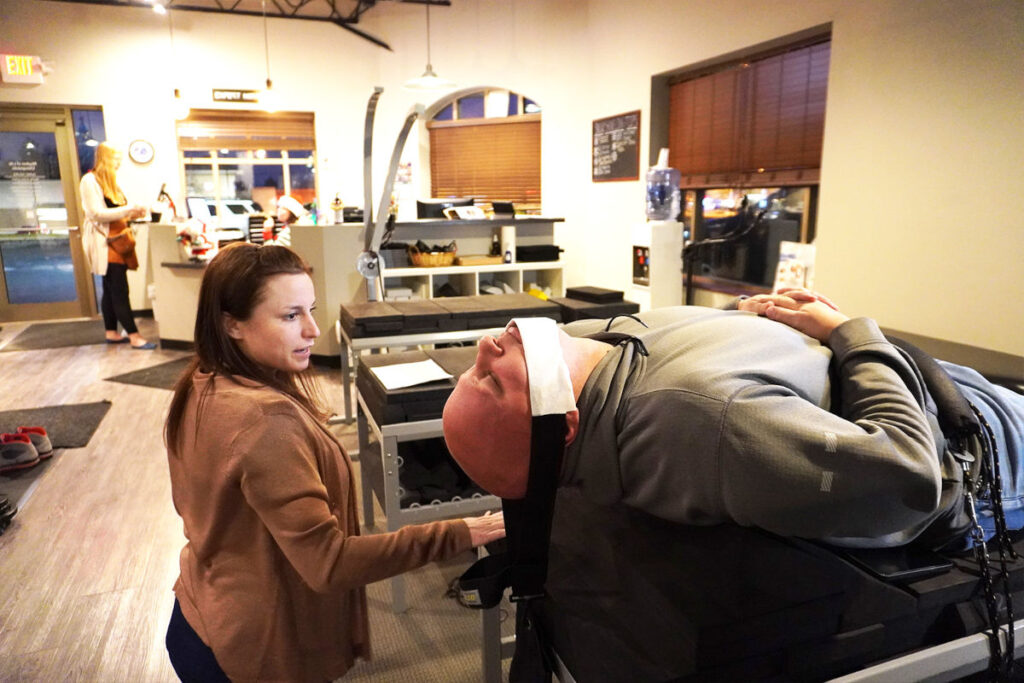Anxiety affects more than emotional wellbeing—it often manifests physically, especially in the form of headaches and migraines. For people experiencing chronic pain, the overlap between anxiety and neurological symptoms becomes more apparent over time. Exploring innovative treatments can improve both mental and physical health outcomes.
While tension headaches and migraines differ in their cause and severity, both may be intensified by anxious thoughts or prolonged stress. In many cases, anxiety contributes to muscle tension in the neck and shoulders or disrupts sleep cycles, which sets the stage for pain. Recognizing this connection is the first step in reducing the frequency and impact of headache episodes.
Targeted Therapies That Address Neurological and Emotional Triggers
Recent treatment models increasingly look at how anxiety amplifies chronic headache patterns. Cognitive behavioral therapy (CBT), for example, offers techniques for managing anxious thoughts before they escalate into physical symptoms. These therapeutic strategies often include thought reframing, stress management, and behavioral adjustments that limit headache triggers.
Some neurologists now work in coordination with mental health providers to treat both conditions together. This combined approach may include medication, counseling, and lifestyle adjustments that reduce nervous system overstimulation. With support, patients gain the tools to navigate high-stress environments more comfortably and identify signs of escalation earlier.
Botulinum-Based Injections for Migraine Management
Although best known for cosmetic use, botulinum-based treatments have become a reliable option for patients with frequent migraines—especially those with coexisting anxiety. These injections work by relaxing specific muscle groups in the head and neck, limiting tension that might contribute to pain. The effects of this therapy often extend beyond physical relief. Fewer headaches can reduce anticipatory stress, improve sleep patterns, and allow for more consistent daily routines. As a result, individuals may experience reduced anxiety levels as their symptom cycles become more manageable.
Neuromodulation Devices That Interrupt Pain Signals
Wearable devices designed for migraine prevention are another innovation gaining attention. These tools use electrical pulses or magnetic stimulation to interrupt pain signals at the source, often before a full episode develops. Many of these devices are FDA-approved for home use and do not involve medication, making them a practical addition to long-term management plans.
For individuals whose anxiety is heightened by reliance on medication, these devices can provide a sense of control and reduce concern about side effects. The technology represents a shift toward patient-centered care that supports independence and individualized treatment.
The Role of Sleep and Daily Habits in Symptom Reduction
Improving sleep hygiene and maintaining a consistent routine both support headache prevention and anxiety regulation. Sleep disturbances commonly trigger both conditions, so stabilizing sleep cycles can have dual benefits. Pacing daily activities, using time management strategies, and establishing calming nighttime habits contribute to more predictable energy levels. In podiatry, posture and alignment are often part of pain management—similarly, in headache care, posture and movement affect muscular tension and blood flow. Physical therapy may be introduced alongside relaxation techniques such as deep breathing or progressive muscle relaxation to further reduce anxiety’s physical effects.
Managing Anxiety to Improve Migraine Outcomes
Addressing the emotional roots of chronic pain leads to more sustainable relief. While anxiety may not be the only cause of severe headaches, it frequently worsens their frequency and intensity. Treatment strategies that blend physical, neurological, and psychological tools provide greater opportunity for improvement. Whether you’re exploring new devices, considering therapeutic injections, or working with a multidisciplinary care team, managing anxiety is part of the solution. By addressing it directly, patients often find more relief than from physical treatments alone.

